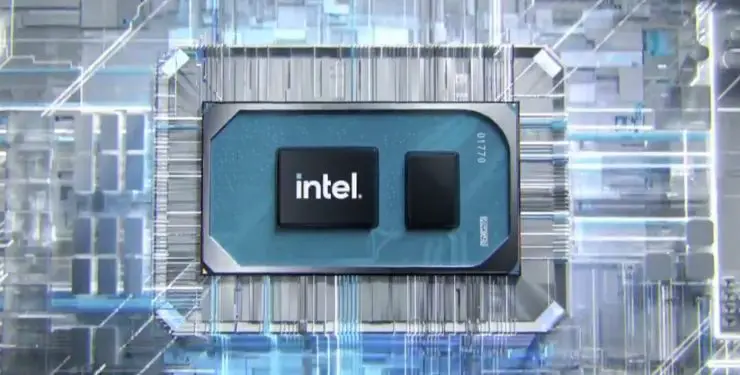Intel reveals that demand for its Tiger Lake CPU has exceeded the company’s expectations. Intel CEO Bob Swan talked at Credit Suisse’s latest global conference, and seemed very confident about regaining their CPU market share.
The main problem for Intel was 14nm manufacturing process
For the company, the main problem was the CPU shortages they experienced in a 14nm manufacturing process. This has forced them to give priority to manufacturing high-end CPUs such as the Intel Core or Intel Xeon series. On the other hand Intel’s low-end CPUs have faced a much more noticeable shortage in the market.
It has been a long time since Intel or its partners talked about a shortage of CPUs. So the problem seems to be a thing of the past, at least in the 14nm, and that is that we could see in the future a new shortage of 10nm CPUs. This is because the company indicated that the demand for its Tiger Lake processors is being much higher than expected.
Intel says the demand for Tiger Lake CPU is 30 percent higher than expected
Intel indicates that the orders are 30 percent higher than the company had set as a target for the spring. But it is not clear if the production capacity will be able to keep up with the demand. However, Intel is increasingly increasing its 10nm CPU manufacturing capacity.
Intel is confident that its CPU market share will increase during the second half of this year thanks to its Tiger Lake CPUs. An increase in demand should continue during Q1 2021 due to the launch of the high performance Intel Tiger Lake-H for laptops. But who knows if the Intel Rocket Lake-S for desktops will help this. Despite the lack of stock AMD is experiencing, and the high prices, it is unlucky for Intel as they are not able to bite from its competitor’s marketshare.





